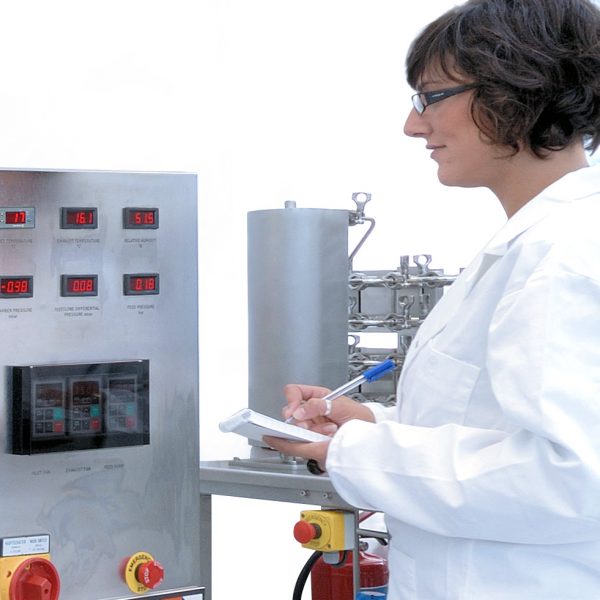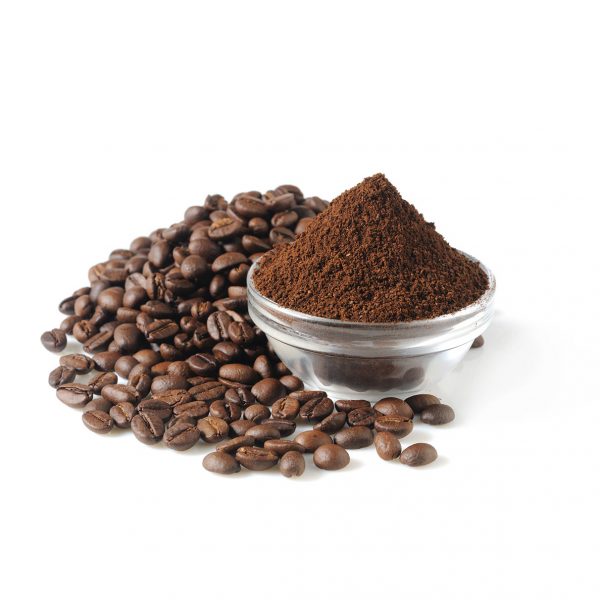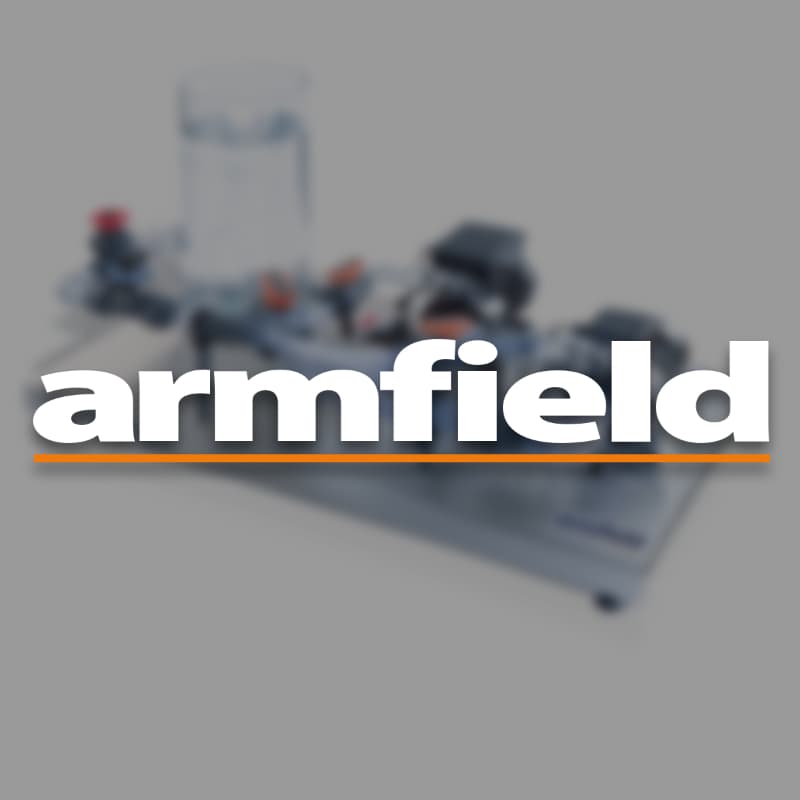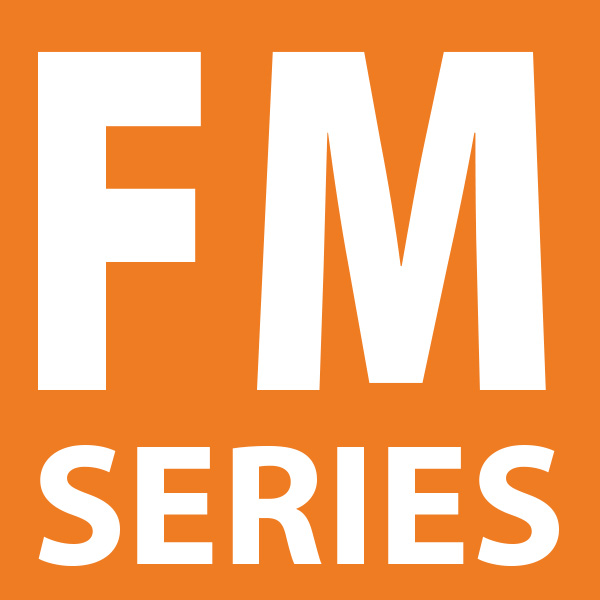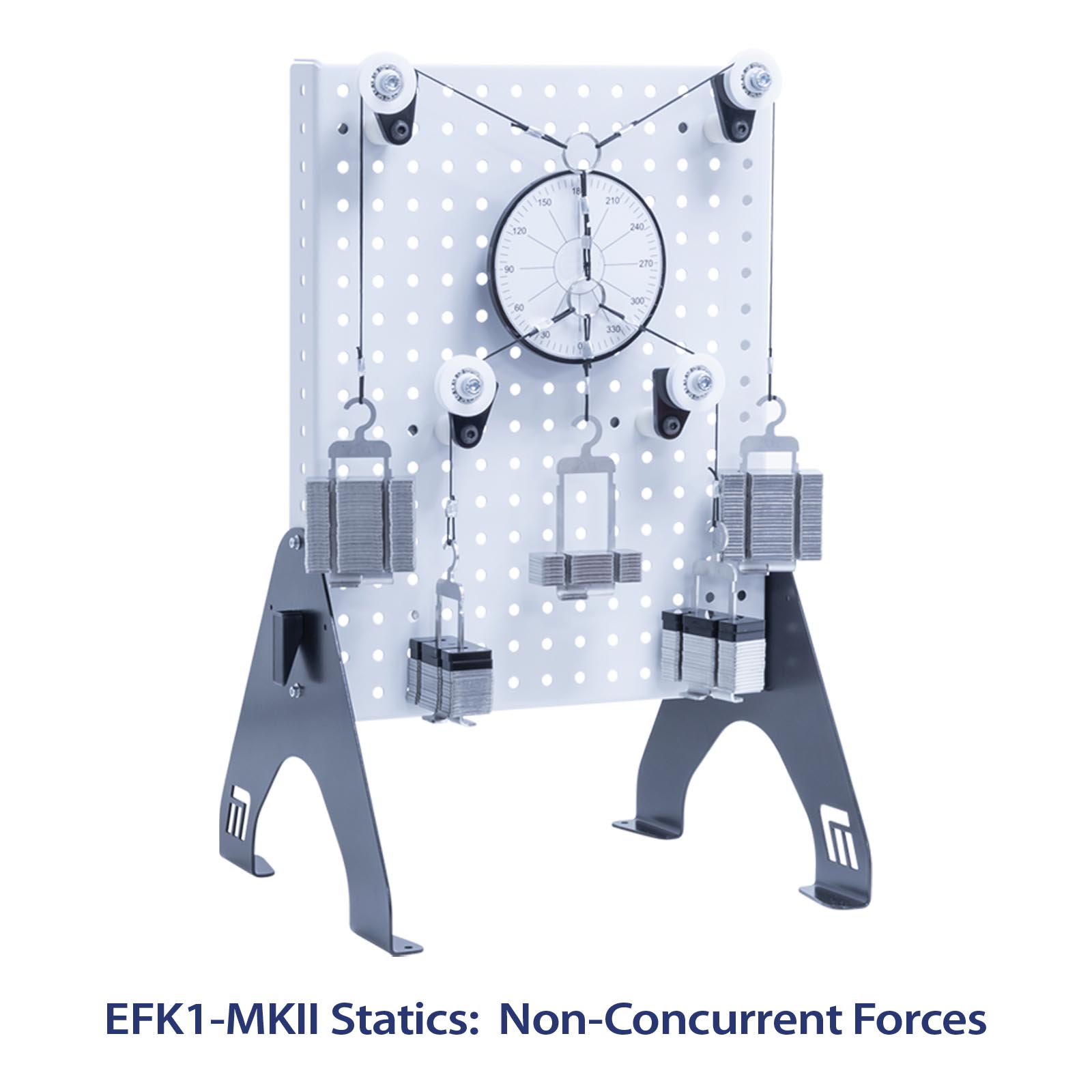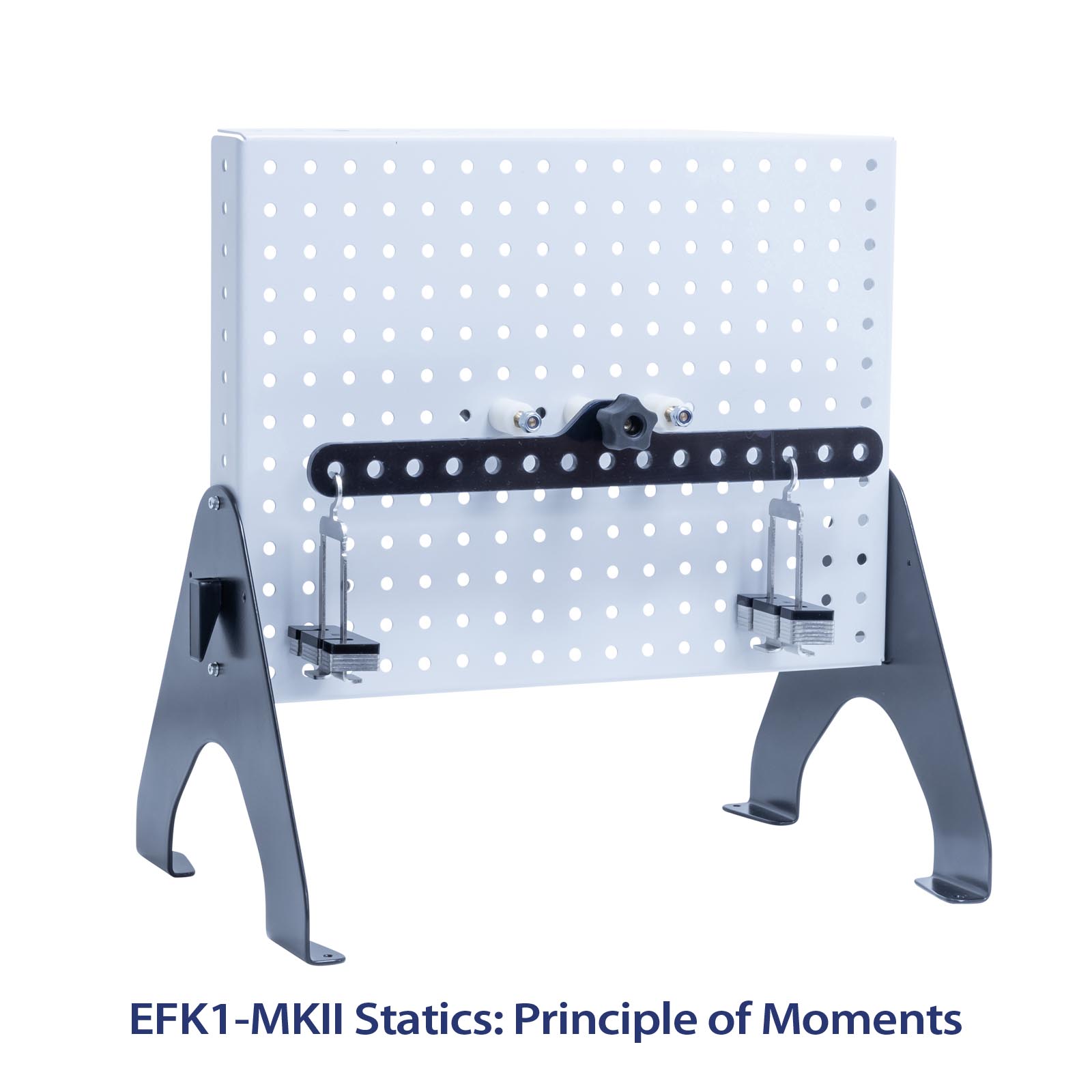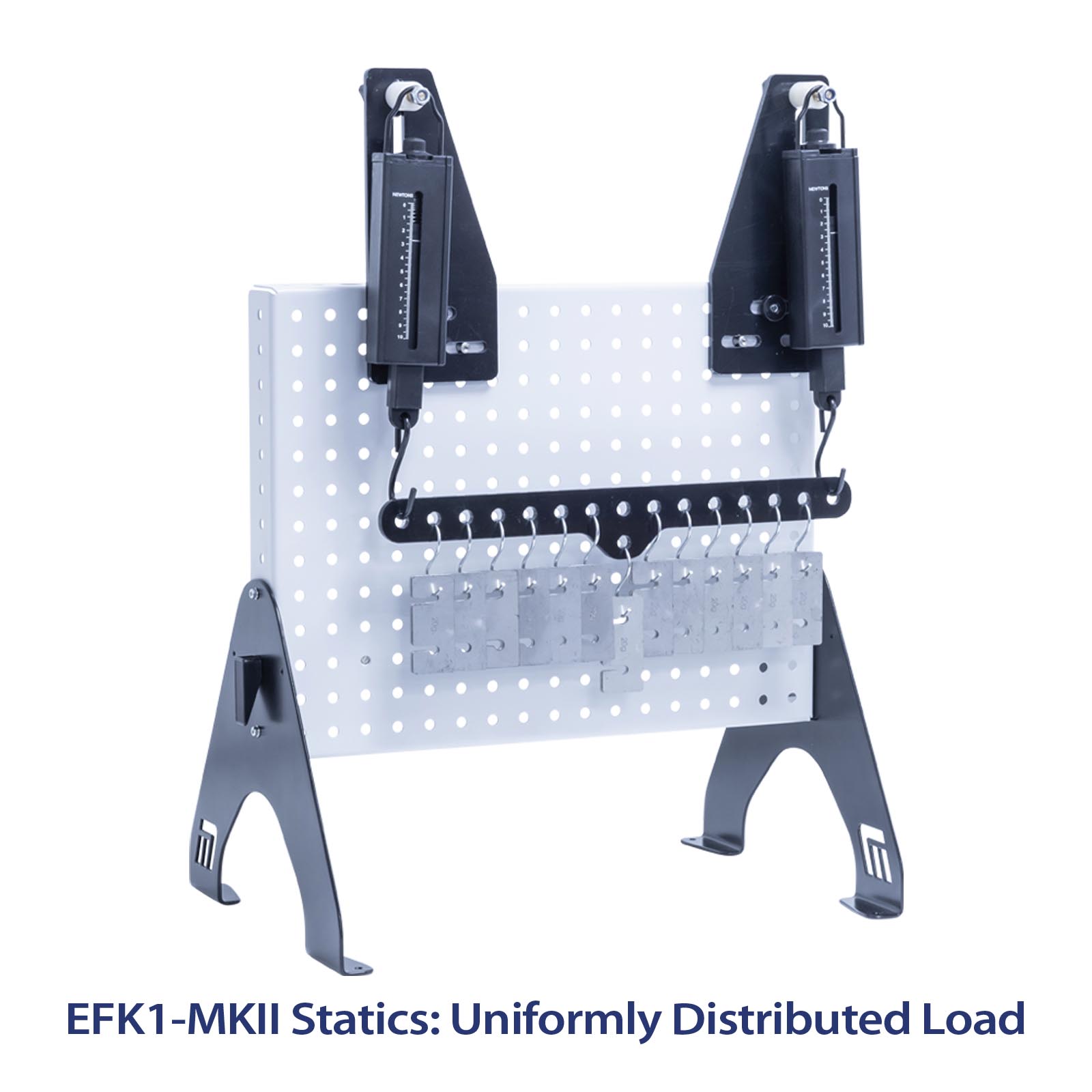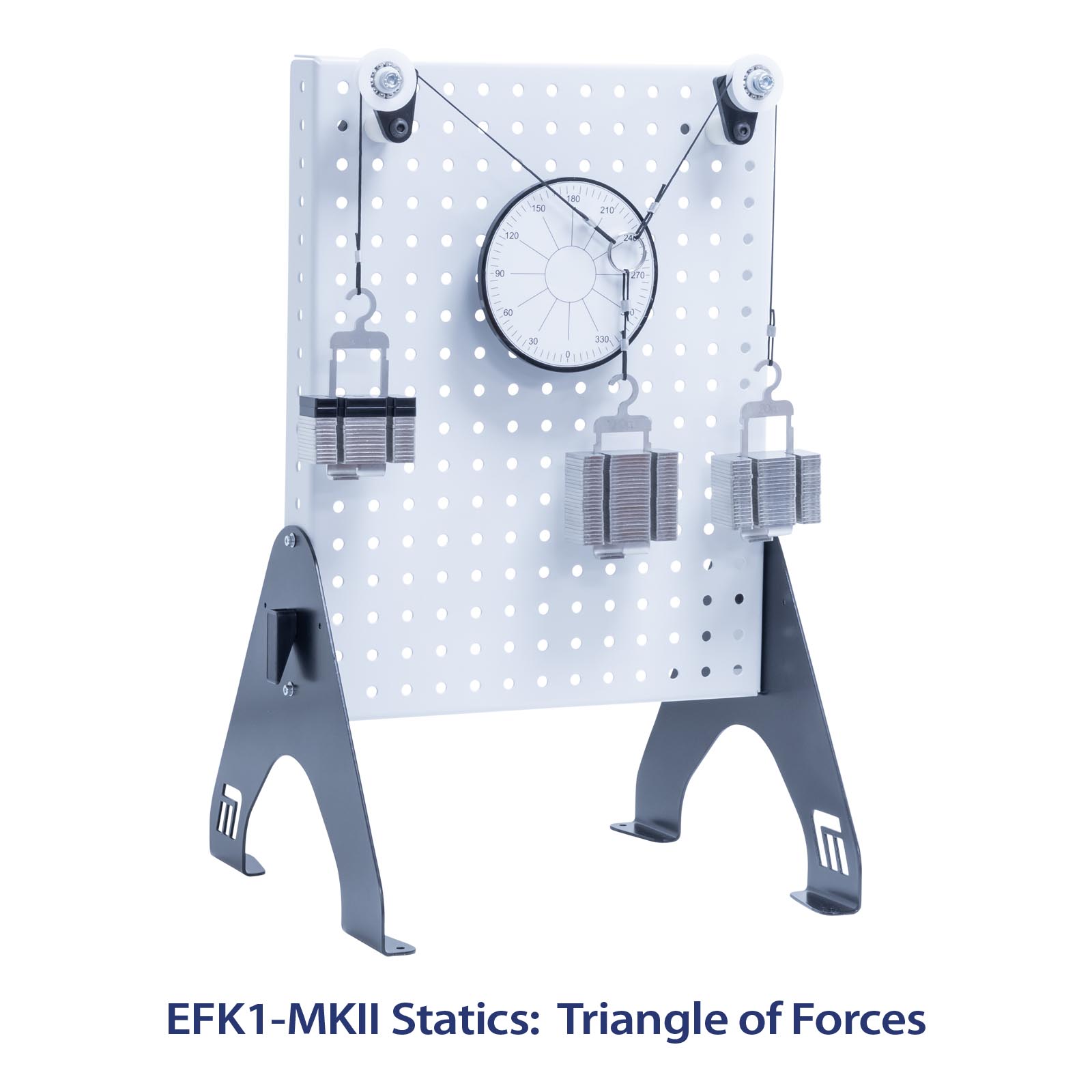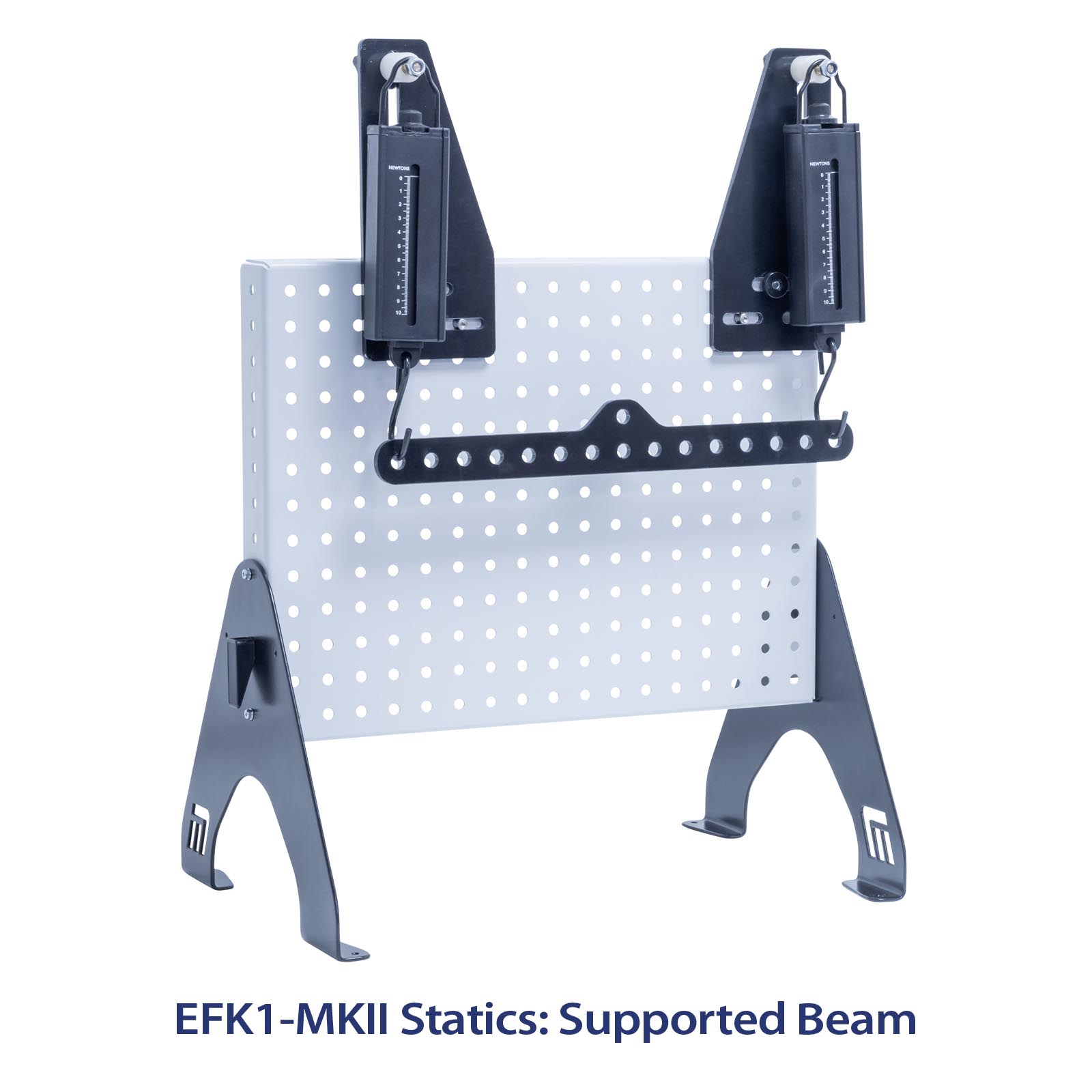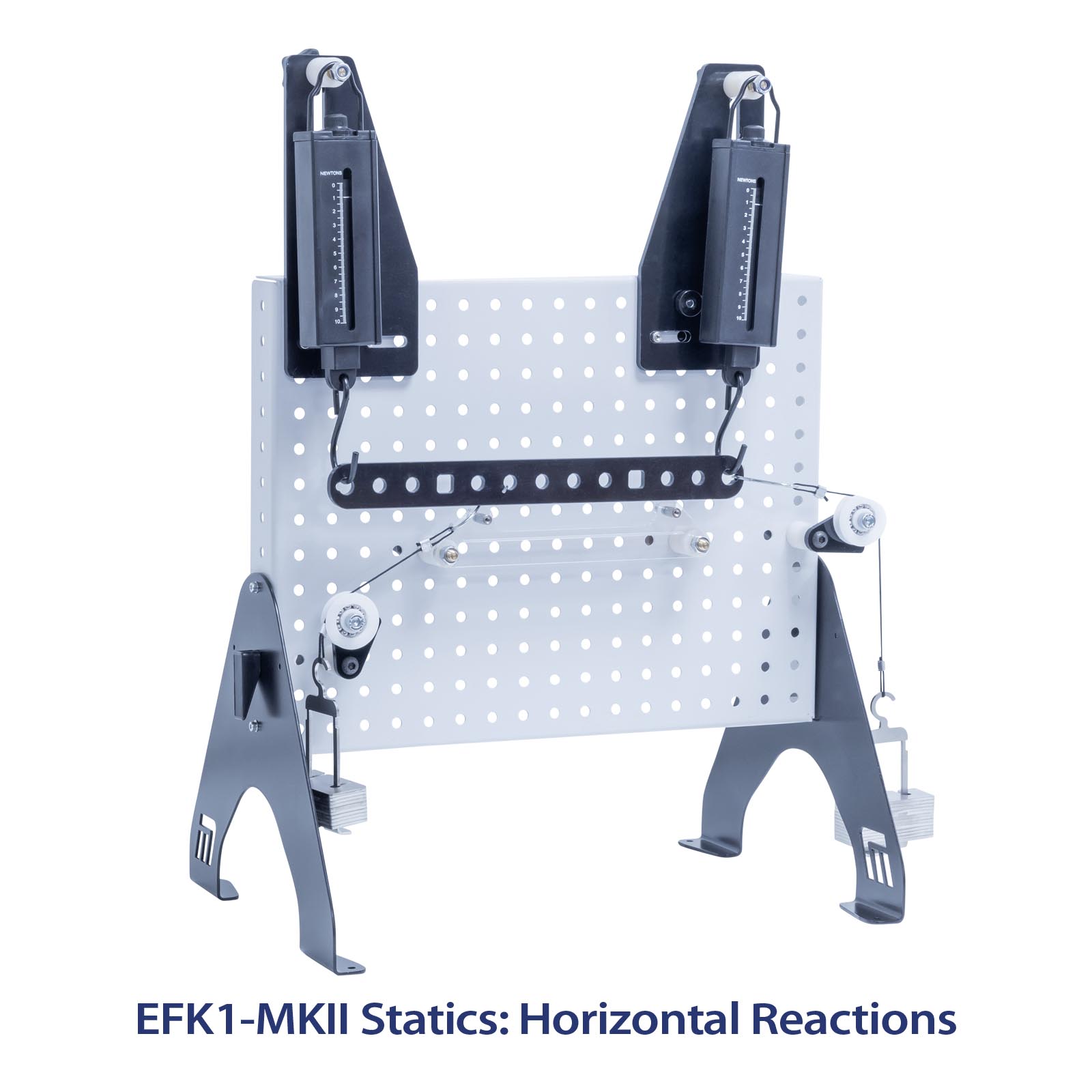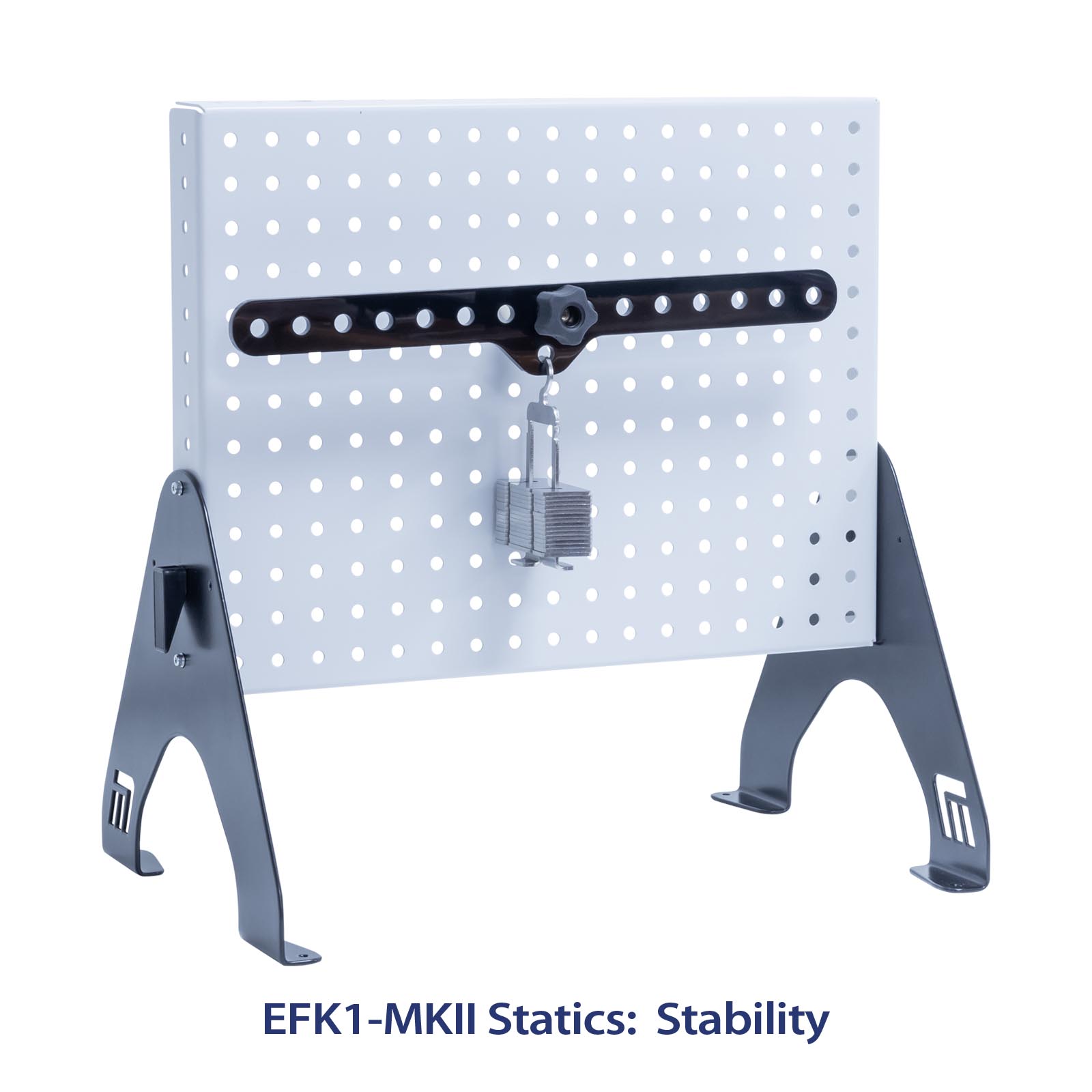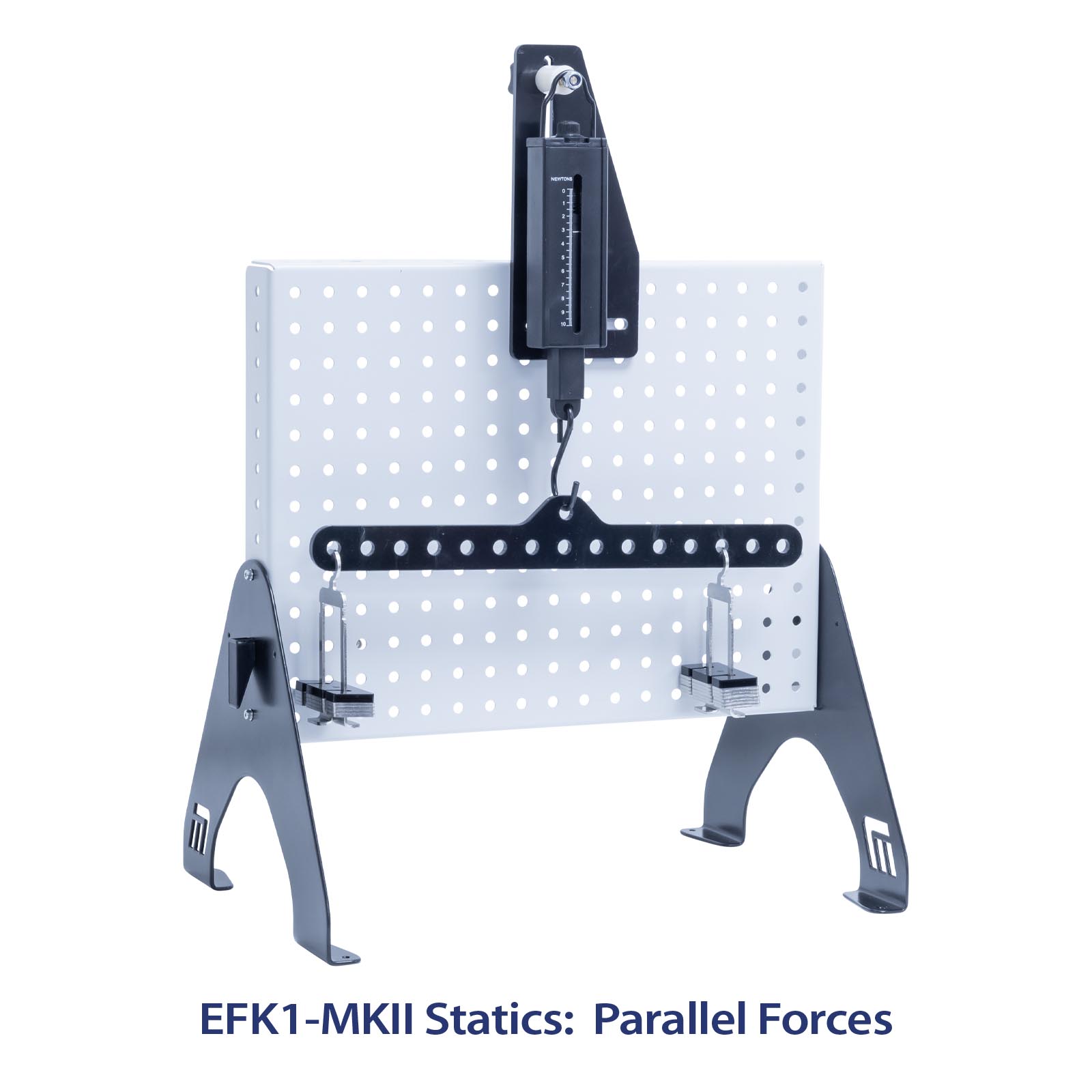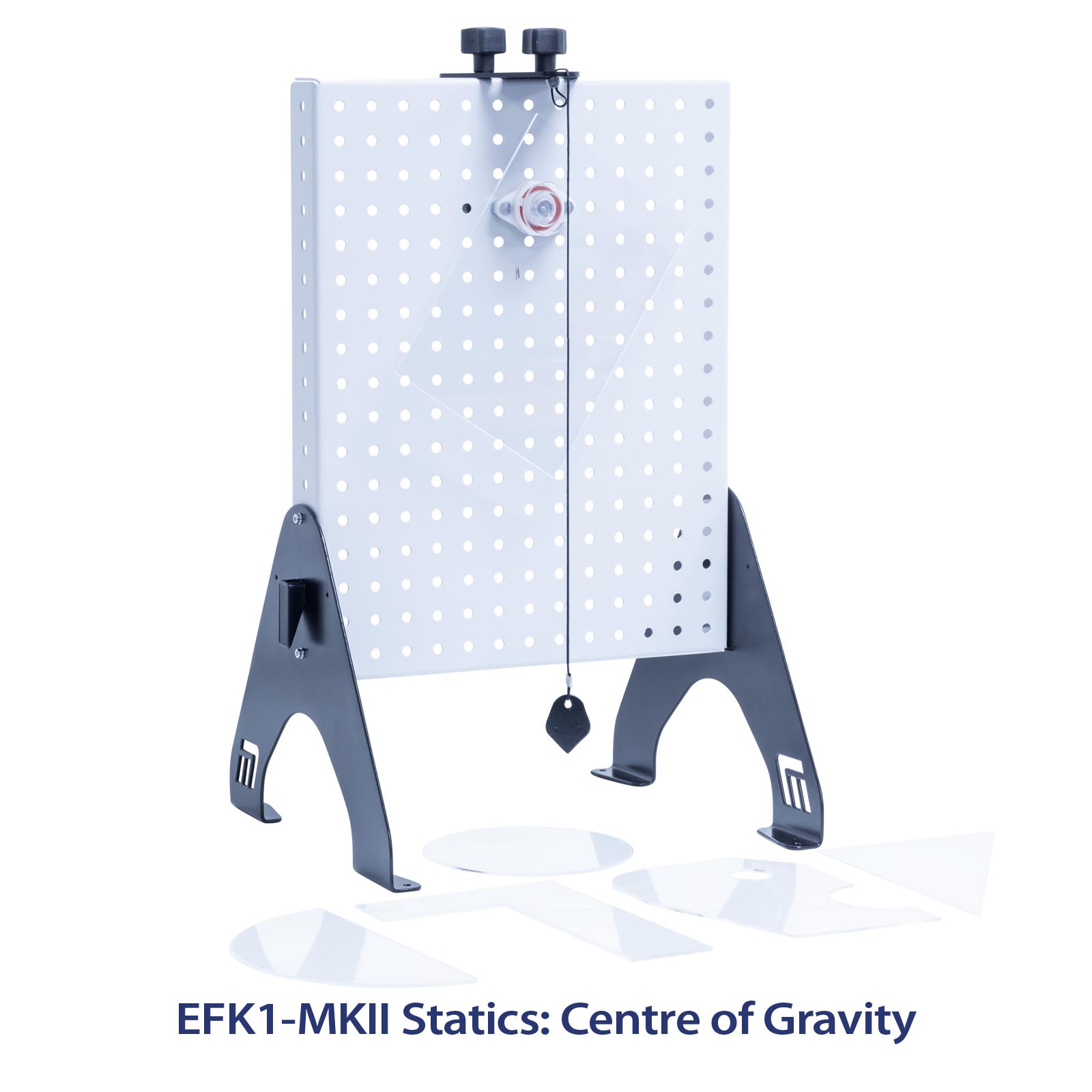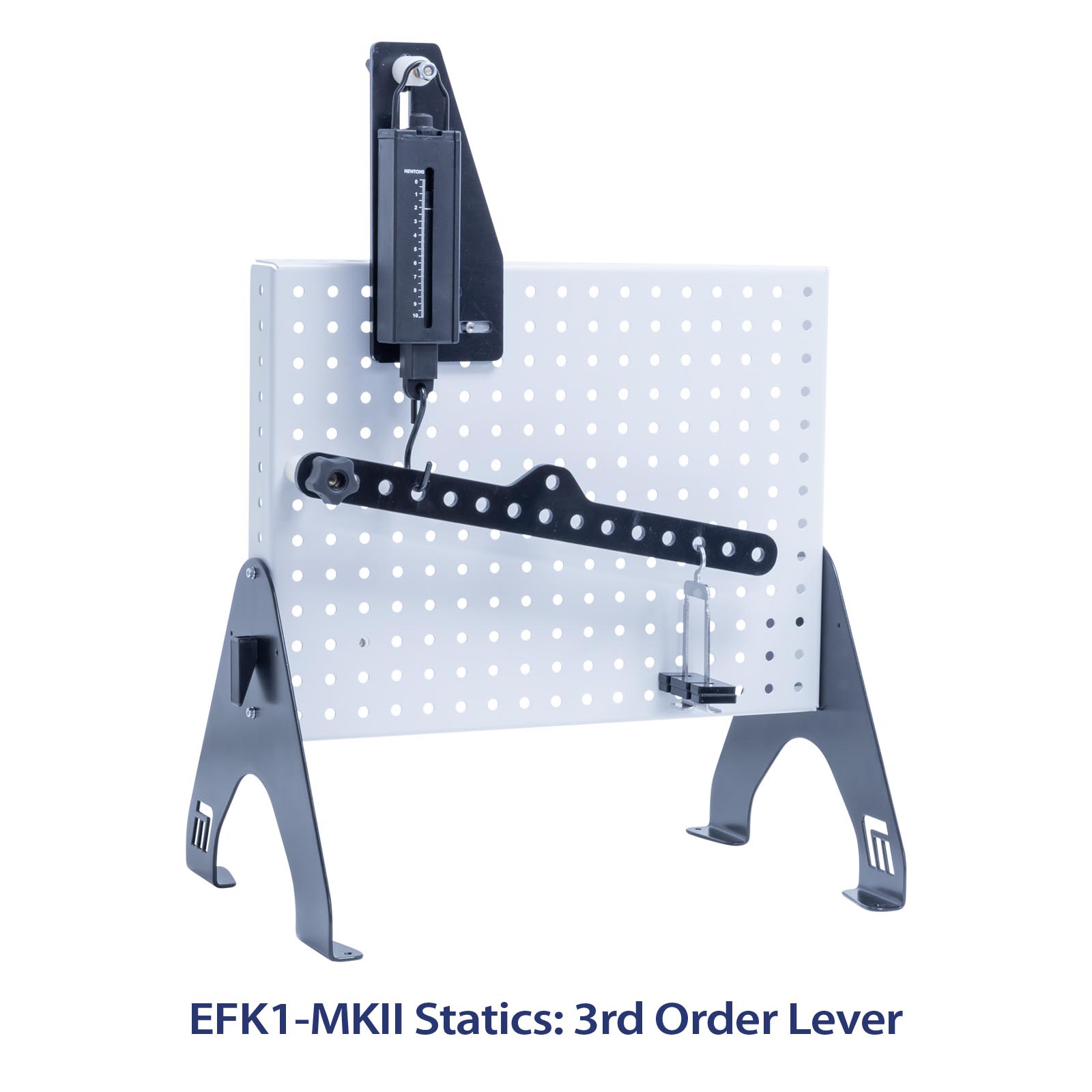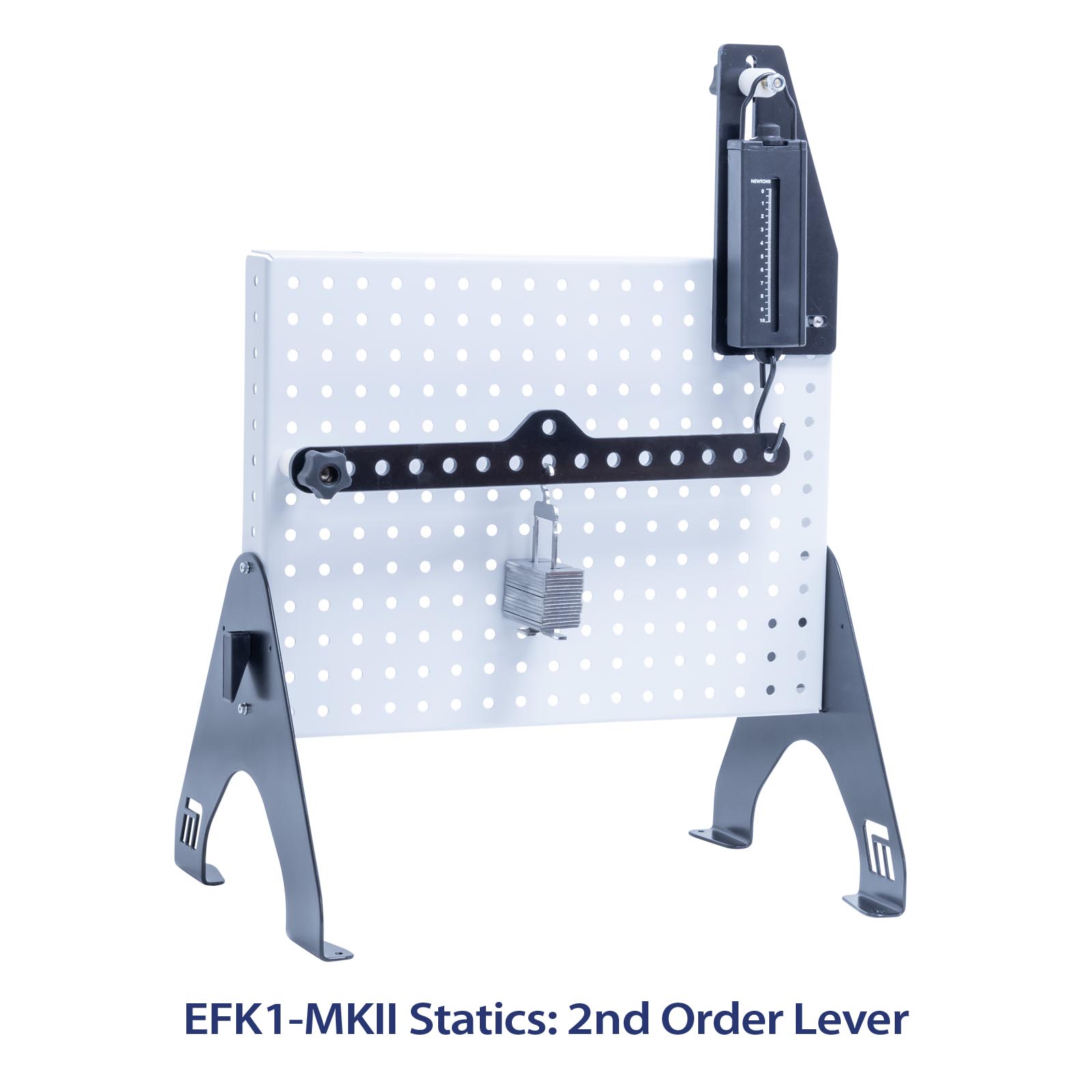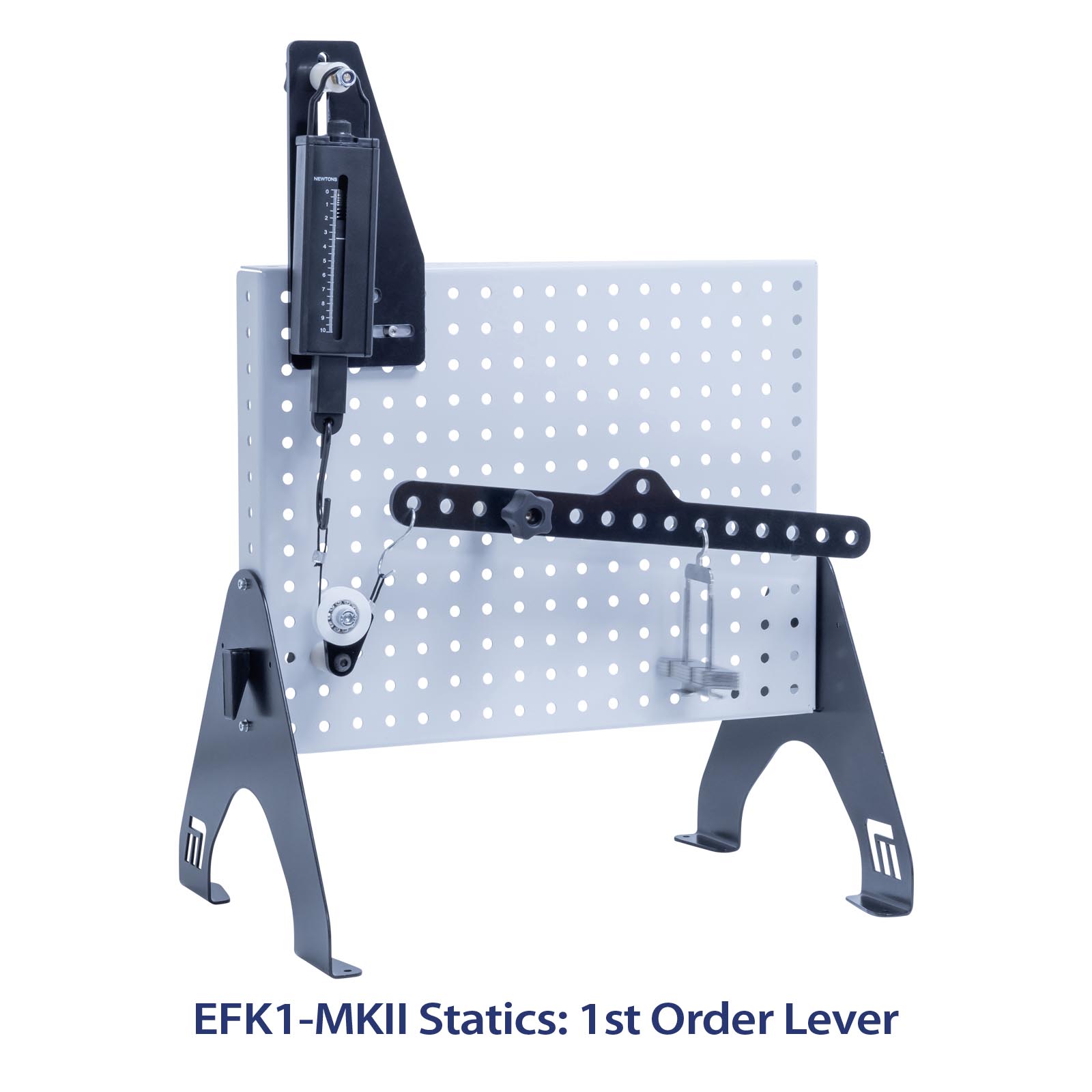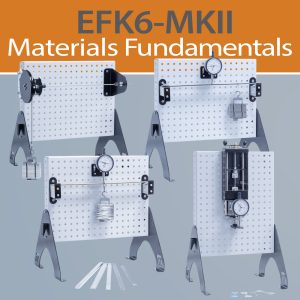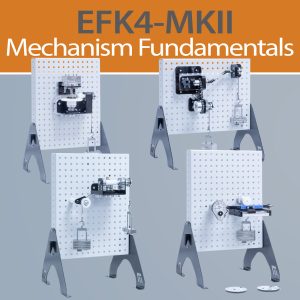EFK1-MKII Statics Kit
The Engineering Fundamentals EFK1-MKII Statics fundamentals kit is designed to enable students to gain an understanding of the fundamentals of engineering by the process of learning via hands-on experimentation.
Practical experience allows students to see the real-world application of theoretical knowledge, leading to a deeper and more comprehensive understanding of engineering principles.
The modular kit is supplied in conjunction with a multifunctional Base Unit enabling the student to conduct their own experiments in subjects such as Forces, Moments, Beams and Levers.
Each kit is supplied with a highly visual user-friendly operational guide, enabling the student to understand the theory of the subject by the application of practical experimentation.
EFK1-MKII Statics Fundamentals Kit
Description
The Engineering Fundamentals EFK1-MKII Statics fundamentals kit is designed to enable students to gain an understanding of the fundamentals of engineering by the process of learning via hands-on experimentation.
Practical experience allows students to see the real-world application of theoretical knowledge, leading to a deeper and more comprehensive understanding of engineering principles.
The modular kit is supplied in conjunction with a multifunctional Base Unit enabling the student to conduct their own experiments in subjects such as Forces, Moments, Beams and Levers.
Each kit is supplied with a highly visual user-friendly operational guide, enabling the student to understand the theory of the subject by the application of practical experimentation.
Topics covered:
FORCES • MOMENTS • BEAMS • LEVERS
Additional information
| Weight | 9.0 kg |
|---|
Technical Specifications
-
Work Panel for Fundamentals 1
-
Magnetic Protractor Assembly 1
-
RH Adjustable Pulley Assembly 2
-
Hanging Weights 5
-
Looped String kit 1
-
Balance Slider Plate Assembly 2
-
Peg Bar Assembly 1
-
Spring Balance Pillar 2
-
Equilibrium Beam Pillar Assembly 1
-
Plumb Bob Assembly 1
-
Suction Cup Assembly 1
-
Pulley Hook 15
-
Short beam 1
-
Salter 12 spring balance 10N x 0.1N 2
-
Spring balance mounting plate 2
-
Beam 1
-
Extra fine tip black marker pen 1
-
Centre of gravity shape (rectangle) 1
-
Centre of gravity shape (circle) 1
-
Centre of gravity shape (L) 1
-
Centre of gravity shape (semi-circle) 1
-
Centre of gravity shape (irregular) 1
-
Centre of gravity shape (triangle) 1
-
LH adjustable pulley assembly 2
-
Looped String kit Setup 1 1
-
Looped String Kit Setup 2 1
-
Looped String Setup 3 1
-
5g hanging weights pack of 55
Features & Benefits
Features
- Neatly presented in an easily identifiable and durable storage tray
- Trays have clear lids making it easy to see their contents.
- Accompanied by a detailed manual, including Student handouts and teachers notes with various practical exercises.
- Clear and concise assembly instructions for each experiment
- Multiple experiments per kit
- Toolless assembly
Benefits
- Enhanced Understanding of Concepts:
- Improved Problem-Solving Skills:
- Engagement and Motivation:
- Teamwork and Communication:
Downloads
Contains one of each of the EFK1-MKII Statics Fundamentals Kit
EFK1-MKII Statics Fundamentals Kit
- EFK1-MKII Centre of Gravity
- EFK1-MKII Mass Weight and Force
- EFK1-MKII Combining Forces
- EFK1-MKII Triangle of Forces
- EFK1-MKII Stability
- EFK1-MKII Oblique Forces
- EFK1-MKII Parallel Forces
- EFK1-MKII Polygon of Forces
- EFK1-MKII Principle of moments
- EFK1-MKII Levers
- EFK1-MKII Second Order Levers
- EFK1-MKII Third Order Levers
- EFK1-MKII Supported Beam
- EFK1-MKII Uniformly distributed load
- EFK1-MKII Horizontal reactions
Educational Content:
- distinguish between mass and weight.
- explain the terms vector quantity and scalar quantity.
- state the units of measurement for weight and mass.
- explain the meaning of the term centre of gravity.
- obtain experimentally the location of the centre of gravity of a lamina.
- represent a force vector as a line, drawn to scale.
- state the conditions for the forces acting on a body that is in equilibrium.
- draw a free-body diagram for a body subject to several coplanar forces.
- explain the terms resultant and equilibrant of a set of forces.
- sum two force vectors using a parallelogram of forces.
- interpret a triangle of forces diagram.
- explain the use of Bow’s notation to clearly label a system of forces.
- use a triangle of forces diagram to find the resultant and equilibrant for several forces.
- define the term moment of a force and state its unit of measurement.
- distinguish between the term’s moment and torque.
- state that a moment of a force is a vector, and that it can be represented by a clockwise or anticlockwise arrow dependent on its direction and the reference point.
- state that when a body is in equilibrium, the sum of the clockwise moments is equal to the sum of the anticlockwise moments about any point.
- use a beam balance to weigh an object.
- use a link polygon to describe a system of forces acting on a body in equilibrium.
- distinguish between neutral and stable equilibrium.
- calculate the moment of an oblique force about a given point on a beam.
- distinguish between the three classes of levers and give examples of each.
- explain what is meant by the term mechanical advantage.
- explain what is meant by the term uniform distributed load, UDL.
- use the principle of moments and equilibrium of forces to find the support reactions for both point loads and UDLs.
- distinguish between the two different types of pinned supports and show how they are drawn.
- resolve a given force into two perpendicular components.
- use given information on horizontal, vertical, and oblique forces to determine whether a beam is in equilibrium.
- EFK2-MKII Dynamic Fundamentals Kit
- EFK4-MKII Mechanism Fundamentals Kit
- EFK6-MKII Materials Fundamentals Kit
EFK2-MKII base unit with stand on which to build the experiment from the tray components (One base unit is supplied)
PACKED AND CRATED SHIPPING SPECIFICATIONS
Volume: 0.032m³ per tray
Gross Weight: 9kg
Tray Dimentions
Tray 1:
Length: 0.430m per tray
Width: 0.21m per tray
Height: 0.08m per tray
Tray 2:
Length: 0.430m per tray
Width: 0. 21m per tray
Height: 0.24m per tray
- EFK1-MKII



